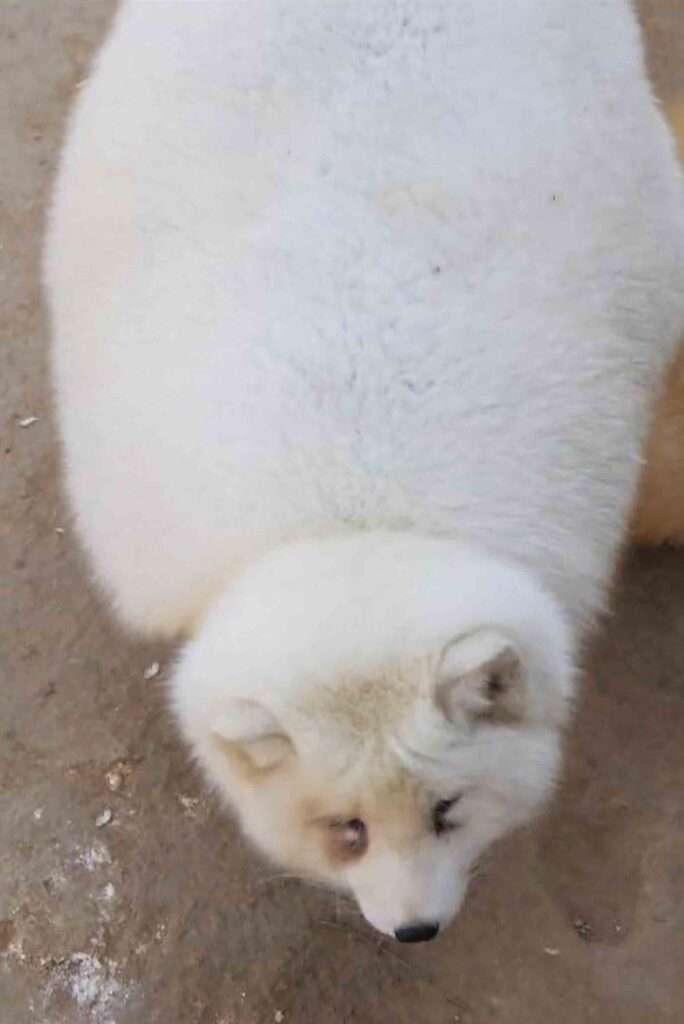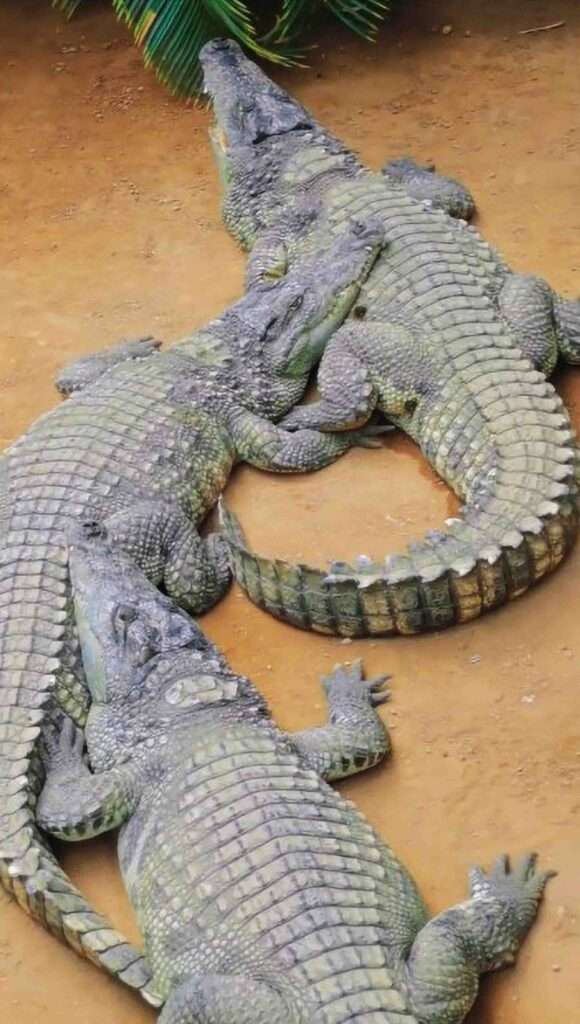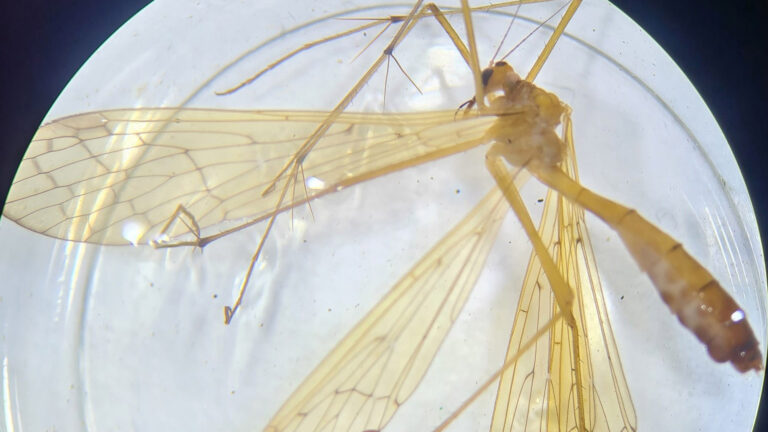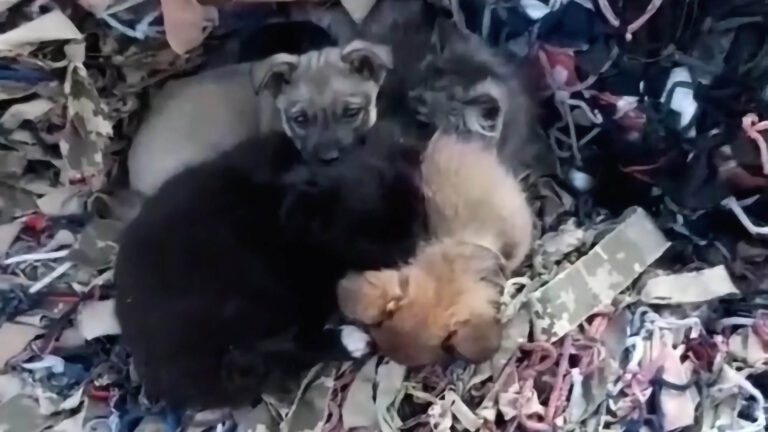A zoo has caused an online stir after shocked visitors shared videos of its animals looking more like stuffed toys than wildlife after becoming ridiculously fat.
The chubby creatures were spotted lazily laying in their enclosures at Shendiao Mountain Wildlife World in Weihai, in eastern China’s Shandong Province.
Phone footage shows various animals, including crocodiles, tigers, and raccoons, all appearing round and plump.
This post triggered discussions among netizens, with some even questioning if the menacing croc was real and not an inflatable balloon.
Others expressed concerns about potential health issues due to the animals being overweight.
The controversy came as a continuation of previous controversies surrounding the zoo and its insanely fat Arctic foxes.
In a response issued by Shendiao Mountain Wildlife World on 19th February, staff claimed that the weight gain in some animals is intentional, helping them accumulate fat to stay warm during winter.
According to a staff member named Ms Cong, Shendiao Mountain Wildlife World currently houses over 150 species and 1,500 animals, including those under national first and second-class protection.
Due to the zoo’s location, surrounded by the sea on three sides, it experiences significant sea winds, leading to a lower perceived temperature.
Cong explained that animals like the previously famous Arctic fox, naturally develop thicker and fluffier fur during winter.

In summer, they tend to eat less, and their body size reduces.
She said although some animals are involved in interactive projects where visitors can feed them, most of the animals are strictly prohibited from being fed.
Visitors Mock Chubby Arctic Foxes
She added: “Because people are paying more attention to these chubby animals, the memories stick. But we have animals that are not so chubby, with a normal body size.”
An animal science blogger suggested that. In high-latitude and high-altitude areas, temporary obesity is necessary for wildlife survival.
However, in captive environments, obesity can be harmful to animals, potentially leading to diabetes, heart and lung problems, and issues with bone joints.
The blogger recommended enriching the animals’ living environment, offering positive stimuli for their well-being, such as adding climbing structures. Hiding or suspending food, and avoiding simple, repetitive feeding methods.


To find out more about the author, editor or agency that supplied this story – please click below.
Story By: Simona Kitanovska, Sub-Editor: Georgina Jedikovska, Agency: Asia Wire Report
The Ananova page is created by and dedicated to professional, independent freelance journalists. It is a place for us to showcase our work. When our news is sold to our media partners, we will include the link here.




